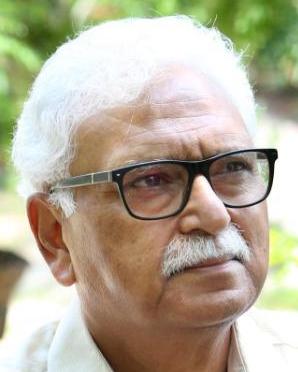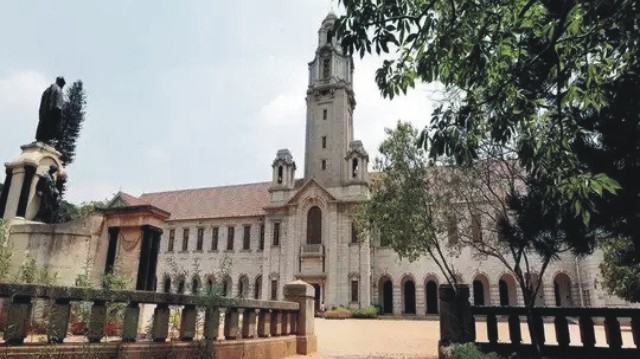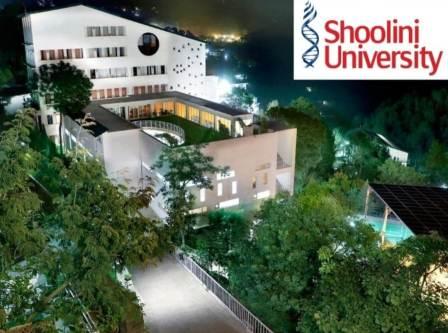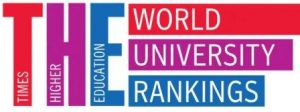

THE RELEASE OF global rankings for universities in higher education by the US-based Times Higher Education (THE), which are considered the most authentic rankings, has a mixed bag for India and holds important lessons for the institutions of higher education in the country.

The famous Oxford University tops the list and has been doing so continually for the last seven years. Among the other top institutions are Harvard, Cambridge, Stanford and the Massachusetts Institute of Technology.
Significantly, the trend shows that America’s share of the world’s top 100 universities is declining, while that of Asian nations, led by China, is on the rise. In 2018, the US boasted close to half of the world’s top 100 positions in the world rankings, with 43 universities. In the latest rankings, just 34 institutions from the US figure in the list.
While no Indian institution has so far reached the top 250 ranks, the number of institutions ranked this year has increased from 71 to 75, as per the rankings released on Wednesday. India is the sixth most represented country in the world.
The famous Indian Institute of Science (IIS), located in Bengaluru, has topped the rankings in the country and has retained its position since the last year.
 The second best, and the joint toppers among the private universities of the country, are Solan-based Shoolini University and Mysuru based JSS Academy of Higher Education and Research.
The second best, and the joint toppers among the private universities of the country, are Solan-based Shoolini University and Mysuru based JSS Academy of Higher Education and Research.
Both these institutions are less than 14 year old. They have together beaten several established institutions like the IITs, IIMs, Delhi University, Jawaharlal Nehru University, Panjab University and dozens of other government funded universities in the country.
While a government funded institution, the Indian Institute of Science, has topped the rankings, it is unfortunate that some of the old IITs had boycotted the rankings on the charges of lack of transparency.
It is shocking that these government funded old war horses had expressed lack of faith in the times higher education rankings while the world’s top institutions like Oxford and Harvard have reposed faith in the ranking system of the organisation. Significantly more the half of the IITs in the country did compete for the rankings but couldn’t make the grade.

The rankings are based on performances of institutions in teaching, research, knowledge transfer and international outlook. It uses 13 carefully calibrated performance indicators to provide the most comprehensive and balanced comparisons, trusted by students, academics, university leaders, industry, and governments.
The international ranking agencies place a lot of emphasis on research in higher education unlike the Indian government ranking agencies like The National Institutional Ranking Framework (NIFR). That’s the reason while some of the institutions rank high in the official Indian rankings but lag behind in the international rankings where research is given due prominence.
 Institutions across the world are paying more attention to research and are encouraging students even from undergraduate levels to involve themselves in research activities.
Institutions across the world are paying more attention to research and are encouraging students even from undergraduate levels to involve themselves in research activities.
This not only opens up mental horizons of the students but also weans them away from the traditional system of learning and cramming for the sole purpose of getting good marks or grades.
The union education ministry must also change its criteria of giving rankings. It must encourage innovation and other parameters such as filing of patents and citations per publication for rankings.
At the same time it needs to review the performance of old and established institutions on which the government is spending crores of rupees every year. Younger institutions, like the IIT Ropar, are doing much better than the old war horses.
It is high time these institutions come out of their old mindset and approach to education and modernise their system of education to remain relevant and to keep abreast with the latest pedagogy and technology. ![]()
___________
Also Read:
Centre’s Opaque Auction Rules For Pulses Rip Off Govt Coffers, Help Millers Strike Rich
Need to amend laws like UAPA to provide for punishment for those who slap false cases
Global Arms Trade: Who are the real winners?
Why not 40 pc tickets for women in Punjab and elsewhere?
Punjab – How a deadly cocktail of Agri-Water-Energy nexus going to destroy it?
North Pole and the ideological conflict of RSS & Hindutva
Politics of Symbolism: Dalit Chief Ministers in India

Disclaimer : PunjabTodayTV.com and other platforms of the Punjab Today group strive to include views and opinions from across the entire spectrum, but by no means do we agree with everything we publish. Our efforts and editorial choices consistently underscore our authors’ right to the freedom of speech. However, it should be clear to all readers that individual authors are responsible for the information, ideas or opinions in their articles, and very often, these do not reflect the views of PunjabTodayTV.com or other platforms of the group. Punjab Today does not assume any responsibility or liability for the views of authors whose work appears here.
Punjab Today believes in serious, engaging, narrative journalism at a time when mainstream media houses seem to have given up on long-form writing and news television has blurred or altogether erased the lines between news and slapstick entertainment. We at Punjab Today believe that readers such as yourself appreciate cerebral journalism, and would like you to hold us against the best international industry standards. Brickbats are welcome even more than bouquets, though an occasional pat on the back is always encouraging. Good journalism can be a lifeline in these uncertain times worldwide. You can support us in myriad ways. To begin with, by spreading word about us and forwarding this reportage. Stay engaged.
— Team PT


Copyright © Punjab Today TV : All right Reserve 2016 - 2024 |